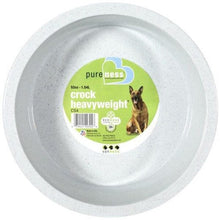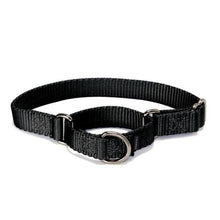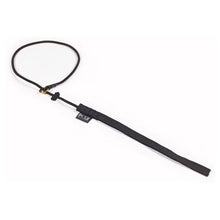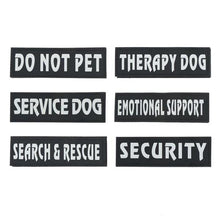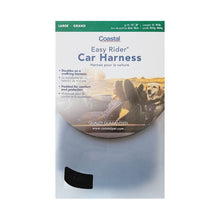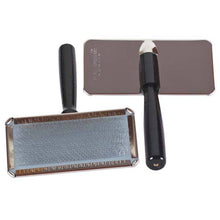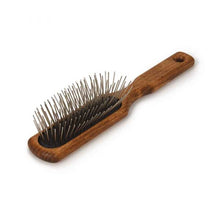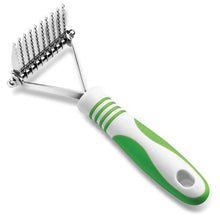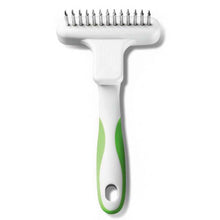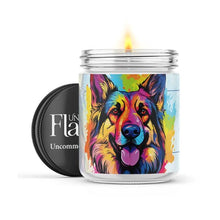4 Easy Steps To Brushing Your Dog's Teeth Like A Pro

Keeping your dog’s teeth and gums healthy is one of the most important things you can do for their overall health. Sadly, many dogs will have some form of periodontal disease by the time they reach three years old. This disease not only causes bad breath, it can also lead to kidney, liver, and heart problems.
The early signs of periodontal disease include:
- Bad breath
- Red inflammation along the gum lines
- Plaque and tarter build up
The symptoms of more advanced periodontal disease include:
- Reluctance to eat, chew, or play
- Chewing on one side
- Reluctance to be pet on the head
- Red, bleeding gums
- Bloody saliva
- Loose teeth
- Broken teeth
- Jaw fracture
- Lumps in the mouth
- Receding gums
- Infections, sores, abbesses
- Illness
There are some things you can do to help prevent periodontal disease in dogs, such as having your vet perform a dental exam at least once a year during your regular annual physical so that early problems can be detected right away.
You can also provide your dog with high quality dental chews that contain teeth cleaning ingredients to help remove plaque, such as OroVet Dental Hygiene Chews, high quality dental chews, durable chew toys with grooves, and dental care water additives.
The American Veterinary Medical Association also recommends regularly brushing your dog’s teeth. In fact, by regularly brushing your dog’s teeth, you can help prevent your pet from ever developing periodontal disease or needing an expensive professional cleaning.
“Regularly brushing your pet’s teeth is the single most effective thing you can do to keep their teeth healthy between dental cleanings, and may reduce the frequency or even eliminate the need for periodic dental cleaning by your veterinarian,” AVMA.
How to Brush your Dogs Teeth
- The first step to brushing your dog’s teeth is to purchase pet toothpaste and a soft finger toothbrush or soft bristled toothbrush from your pet store or vet. Never use human toothpaste for your dog as the high foam can upset their stomach flora and cause nausea.
- Next, slowly introduce the new toothbrush and paste to your pet over a week. You may want to purchase a few flavors of paste to see which one they prefer. The most popular flavors are mint, chicken, and beef. You won’t brush your dog’s teeth during this introduction time. Rather, you’ll just let them sniff the new brush and allow them to taste the toothpaste. Offer praise and treats to make the experience as fun as possible.
- After your dog is familiar with the brush and paste, put some toothpaste on the brush and let your pet lick it off. At this stage, you’re just allowing them to get used to the texture of the brush and familiar with what will become their new routine. You can also use your finger to rub the toothpaste onto their teeth and gums with your finger. Give them lots of praise and treats to make it a fun game.
- Once your dog has accepted the toothbrush, you’ll be ready to brush your dog’s teeth for the first time. Start by brushing for about 15 seconds focusing on the back teeth and gums. Hold up your dog’s lips as you brush. As your dog gets used to it, increase the time up to about 30 seconds. Move quickly and praise often.
By making tooth brushing routine, you can help prevent painful dental disease, as well as other chronic health problems. Plus, you’ll save a lot of money on dental cleanings and make them much less invasive and easier should your dog ever need a professional one.
Please share these helpful tips with your family and friends.




